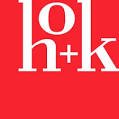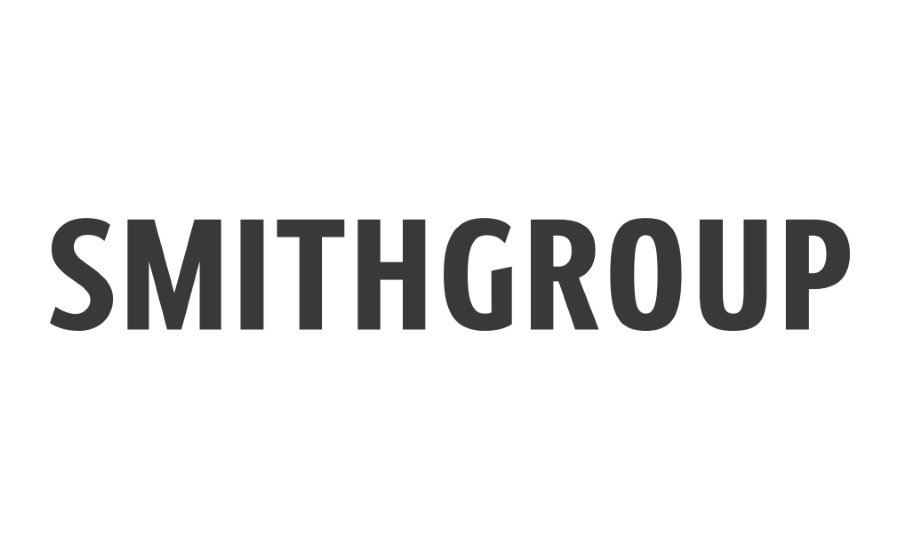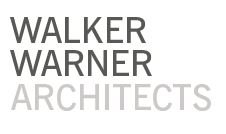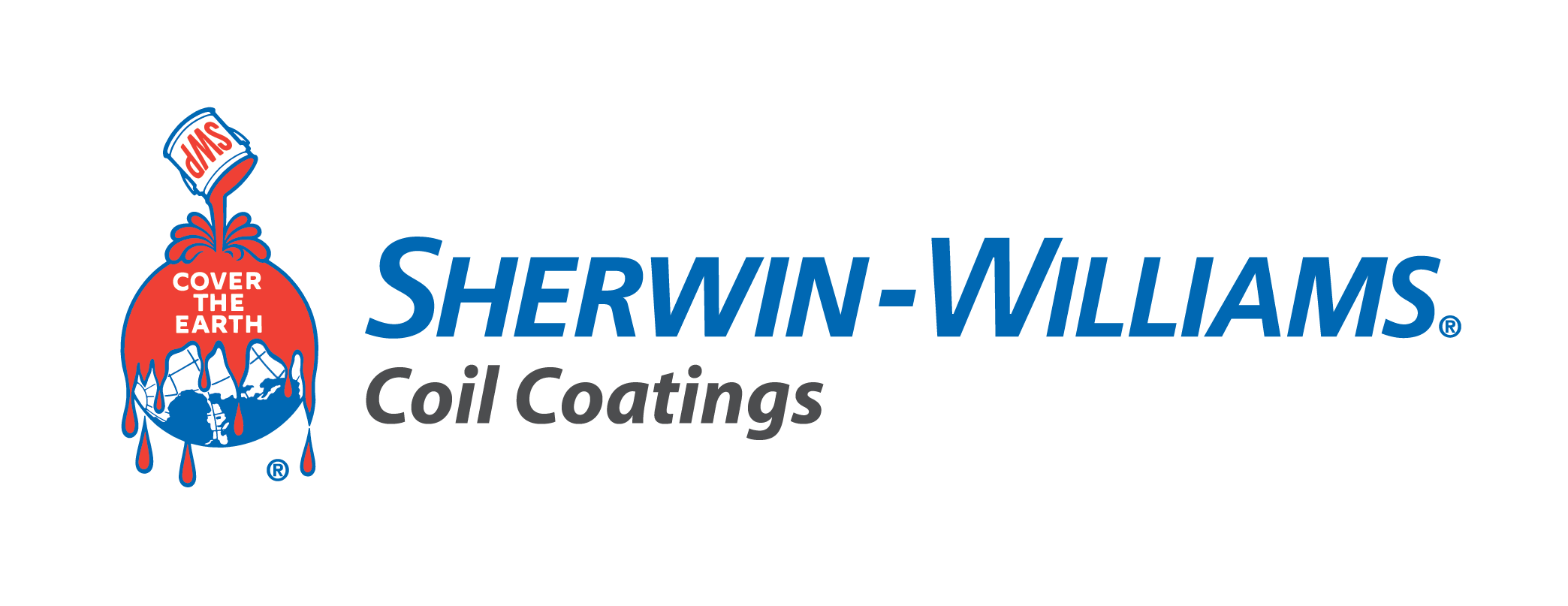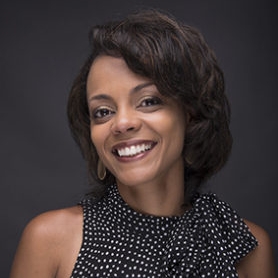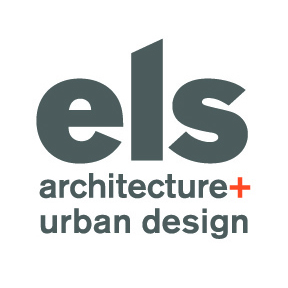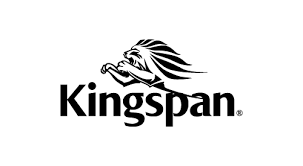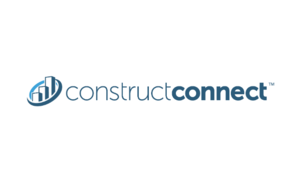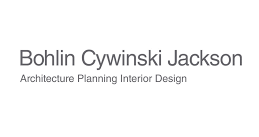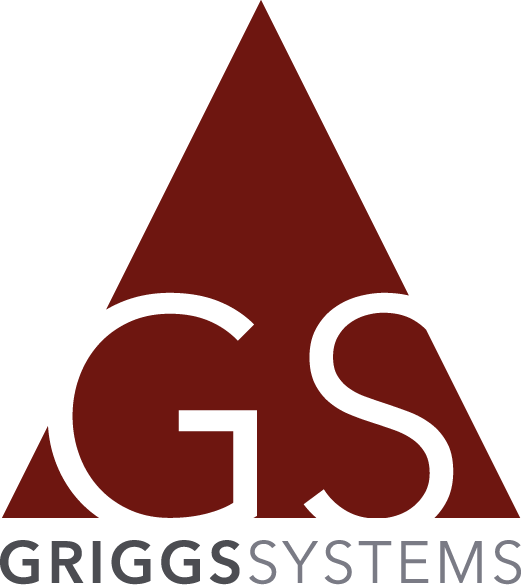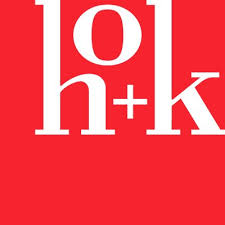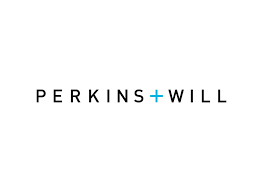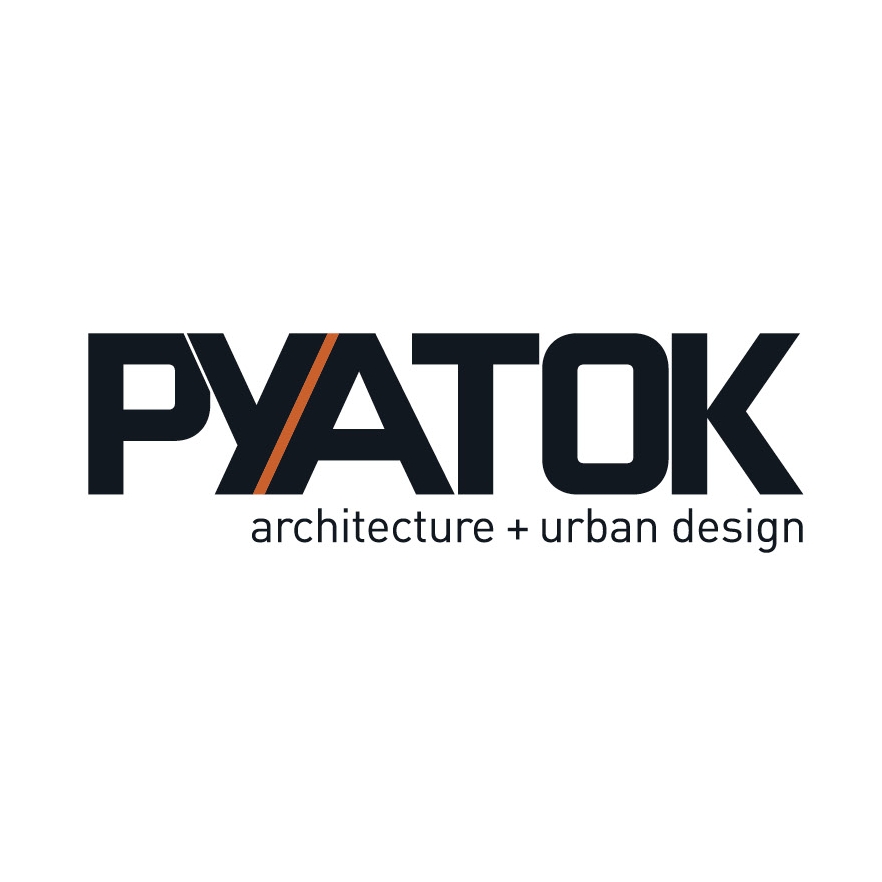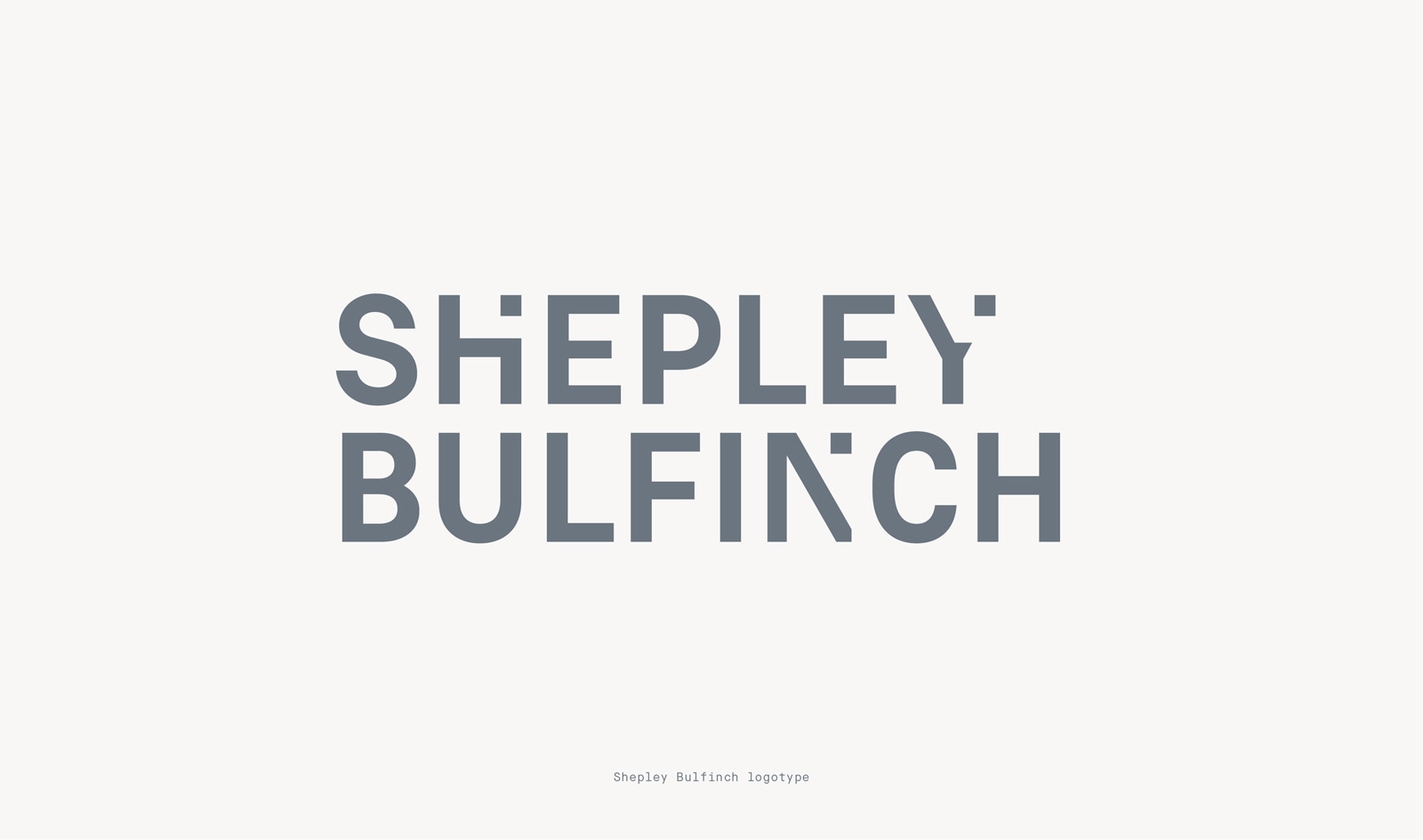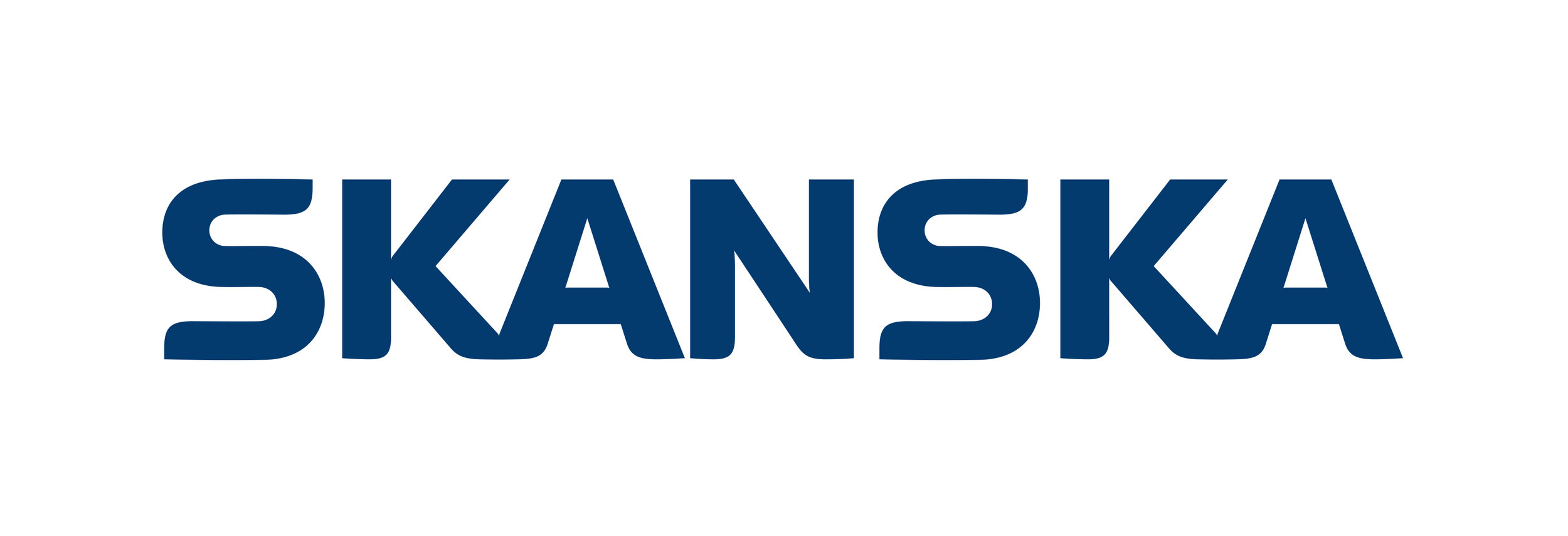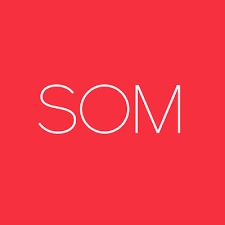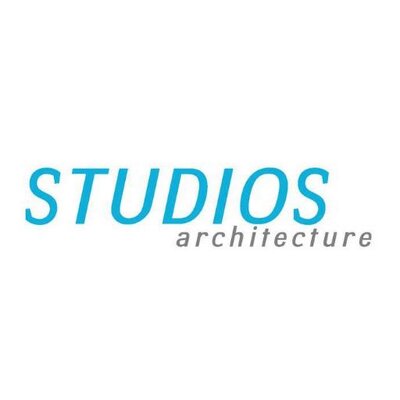by Jenn Hamrick with Introduction by Rosa Sheng, FAIA and contributions from SIobhan Glass
In preparing for our upcoming second virtual session of the series - The JE:DI Agenda in Action #2 ARE Challenge ‘360’ : Overcoming barriers to licensure next Friday, February 4, 2022 (12-2pm PST) - we convened with the recipients of last year’s ARE Challenge Scholarship to reflect on the past year and learn where each person is on their licensure journey. While many had diverse experiences both in their careers and licensure progress, we found some consistent lessons learned that would benefit current and future ARE licensure candidates. As those in the profession can likely agree, the licensure process is often a lonely and obstacle filled path to navigate in the changing landscape of successfully acquiring hours that qualify towards NCARB’s AXP (Architectural Experience Program). Additionally, candidates have faced unprecedented hurdles in the past two years that have made it difficult to gain program experience due to a variety of challenges brought on by the COVID-19 pandemic.
The NCARB by the Numbers 2021 is a great resource in highlighting the ongoing challenges and barriers towards licensure - in particular for candidates of color.
When we asked what the AIASF, Equity by Design, and partnering Committees could do to support ARE candidates in the future, the group offered the following suggestions that we will be exploring to improve our commitment to the future of the Architecture profession.
Expanding the Scholarship to be more like a flexible spending stipend towards ARE Exam, study material and test exams.
Provide a companion mentoring paired with the scholarship that involves meeting with AIASF Equity by Design or partnering Committee members to discuss challenges and get advice.
Be introduced and get contact information for the other ARE Challenge recipients to form study groups, resource sharing and general support network.
Extend the time period that the ARE Challenge funds can be used towards the exam, especially for personal hardships during the pandemic.
ARE CHALLENGE SCHOLARSHIP 2022 RECIPIENTS
Much thanks to all our ARE Challenge 2021 recipients for the feedback above. Special gratitude to Jenn Hamrick for the following blog post on lessons learned and a comprehensive and candid resource guide that she compiled to share the current and future candidates. We hope that this will help support you in your journey to licensure and we look forward to a deep dive conversation next week.
My Lessons Learned on the Path to Licensure
I’m sharing with you a collection of sources I’ve used to pass the ARE’s, hopefully this will be helpful to you on your journey. The study guides listed were found through perusing NCARB’s ARE5.0 Community Boards (which I highly recommend, everyone has some pretty wonderful advice on navigating the mountain of content). When you get to PPD and PDD, I created an intensive study matrix of all the material recommended (if only I had thought to do the same for the other exams it would have been so much easier!). Spend some time before studying to figure out which study format works best for you. In my case it was breaking each one down into specific topics.
There were several paid sources I also utilized:
Hyperfine- Guided study courses on each division ($40 each) I mostly used this for PA, PPD, and PDD.
Kevin Griendling’s Courses on Pluralsight - Nicely done video presentations ($30/month)
Amber Book - This video course is probably my favorite. Very well animated in a way that really helps you be interested and retain the content. They also have an Amber Book Group: 40 Seconds of Competence Facebook group where you can ask each other questions, and every Thursday they have a free 40 Minutes of Competence zoom presentation going over a topic with Q&A. Amber book is a bit pricey, but you can get it for a reduced rate if you sign up with 5 other people. He often gives out a promo code at the end of his presentations, and you can easily find others to sign up asking on the FB or the NCARB Community Board. (The goal here is to cram hard and not have to need the service for more than a couple months). They just released practice exams, which I found pretty helpful.
Black Spectacles - This video format didn’t really appeal to me, but the practice exams were the best I’ve seen and look exactly like the actual exam. Helpful if you can afford it or can get your firm to cover it. (I didn’t use it for every exam because of the high cost)
ArchiPrep - The AIA just released their own official ARE study resource. ($35/mo) Lots of repetition, works well on mobile format while out of the house. I only used this for the last 3 tests, but the price was right and it had some content I didn’t see pop up from my other sources.
Ballast’s ARE5 Review Manual, but found it more efficient to go over my other sources first and then skim this one. Ballast goes way more in depth in some areas than seemed strictly necessary (I hardly used it at all for PPD and PDD) I personally didn’t like their practice problems at all and didn’t use them.
ARE in a Flash flashcards were super helpful. (PPI is having a sale going on until Jan 31st
Elif Bayram’s Practice Exams (some are paid, but lots are free)
Michael Hanahan - Schiff Hardin Lectures - Vital for understanding the AIA documents
WeARE - Quizzes broken down by objective per exam, plus additional full length exams.
Here are some other’s that have FREE content:
NCARB’s ARE 5.0 Handbook - This is a good starting point and includes their Reference Matrix listing all of the resources they’ve pulled from in creating the test content.
NCARB Monographs - A resource to all NCARB record holders which can be accessed through your NCARB account under Continuum Education.
DesignerHacks - I didn’t actually use this one, but heard a lot of good things, some of the content is free.
Quizlet- Lots of free flashcards
ARE Visual Learner’s PPD/PDD Summary Sheets - These are fantastic and free (but they will take a donation if you are able)
Jenny’s Notes - Highly recommended on the community boards, lots of useful info.
Byoung ARE Resource Guide - Helpful study matrix
Archicorner – YouTube videos with fun animation
Book Resources:
Before I started in studying for any of the tests I’d pour over the NCARB’s ARE5.0 Community Boards and make lists of what everyone was recommending to avoid having to acquire each of NCARB’s recommended sources. Keep an eye out for cheaper ebook deals online and borrow from your office wherever possible, some of these can be pretty pricey.
The Architect's Handbook of Professional Practice, 15th edition (PcM, PjM, CE, PA, PPD, PDD)
The Architect’s Studio Companion: Rules of Thumb for Preliminary Design (I used the 3rd edition that I had from college) (PA, PPD)
Architectural Graphic Standards (I used a much older edition than NCARB recommended borrowed from work, I’ve also heard that the student versions are enough) This was really helpful to quickly look over details (PPD, PDD)
Building Codes Illustrated: A Guide to Understanding the 2018 International Building Code (a must have, get this in physical book format, you’ll need it in the office as well as the tests (PA, PPD, PDD)
Building Construction Illustrated 2014 (also extremely helpful for in the office later on) (PPD, PDD)
Fundamentals of Building Construction (also one I had from my college days) (PA, PPD, PDD)
Heating, Cooling, Lighting: Sustainable Design Methods for Architects (this one came highly recommended for PPD and explains mechanical and electrical in an easier format than MEEB) (PPD, PA)
Mechanical & Electrical Equipment for Buildings (I had the 9th edition from college, I used this one, but only skimmed it after utilizing other sources because it was so dense) (PPD, PDD, PA)
Wiley, the book’s publisher, has an online resource accompaniment to Mechanical & Electrical Equipment for Buildings that has summaries and additional practice questions for each chapter, plus animations of building components that is helpful for reinforcing building system themes. Link: Mechanical and Electrical Equipment for Buildings
Problem Seeking: An Architectural Programming Primer (also a holdover from college, excellent programming diagrams) (PA)
The Project Resource Manual: CSI Manual of Practice (CE, PjM and skimmed for PDD)
Plumbing, Electrical, and Acoustics (also came highly recommended, great diagrams for plumbing, site drainage, electrical components and understanding acoustics in a distilled way) (PA, PPD, PDD)
Site Planning & Design Handbook (PA, PPD)
Sun, Wind, and Light: Architectural Design Strategies Excellent diagrams (PA, PPD)
Additional AIA Contracts I studied that weren’t part of NCARB’s Reference Matrix:
A132-2019, Standard Form of Agreement Between Owner and Contractor, Construction Manager as Adviser Edition
A310–2010, Bid Bond
A312–2010, Performance Bond and Payment Bond
D200–1995, Project Checklist
G612-2017, Owner’s Instructions to the Architect Part B
G707–1994, Consent of Surety to Final Payment
G710–2017, Architect’s Supplemental Instructions
G711–2018, Architect’s Field Report
G712–1972, Shop Drawing and Sample Record
G714–2017, Construction Change Directive
G716–2004, Request for Information (RFI)
G804–2001, Register of Bid Documents
I’d also like to mention a bit about testing:
I did a lot of digging to find the right order to take them in, and what I ended up doing was studying for PcM, PjM, and CE at the same time and then testing a week apart because of the large overlap in material covered. Then ending with PA, PPD, and PDD all studying together and testing in the same method.
NCARB got rid of scratch paper during the pandemic and moved to a computer whiteboard system. This was very difficult for me at first because I often need to sketch things out to unlock ideas in my brain, and especially for calculations. To help acclimate for this I recommend practicing with NCARB’s practice tests often. I’d even have it open while taking other sources’ practice tests to help train my brain. Keep in mind that the whiteboard can be glitchy and sometimes will wipe out everything you’ve put into it, so it isn’t really useful to brain dump when you start your exam.
They also started locking you out of questions you’ve seen after you come back from your break (which wasn’t the case before online proctoring was an option). What worked best for me was to start off looking at the first question of each case study and answering it, this way you have the case study resources available which can sometimes be helpful for other questions. Then I’d answer the first half of the questions - marking any I wasn’t 100% sure about or ones that took me more than a couple mins. I’d go back over these before taking my break.
I’ve just started studying for the CSE, here are the sources I’m planning on using (in addition to ADA and CA codes):
CAB’s Forms - location to download the Employment Verification Form and Application for Eligibility Verification Form. You’ll need to mail these in with a check in order to be allowed to sit for the test. I’m told the process will take about a month. Once you’re approved you can then schedule your test directly with PSI.
CAB Reference Material - Start here for links to specific study resources.
CSE Test Plan - Outlines the knowledge statements covered by the test
Ultimate Whole Enchilada - This source seems to be the holy grail of study material for this exam, I’ve only just begun to use this so I don’t have a full opinion formed yet. Personally, I opted for the study guide rather than the group coaching.
Quizlet - CSE flashcards
Designer Hacks - CSE Exam Bundle practice tests


